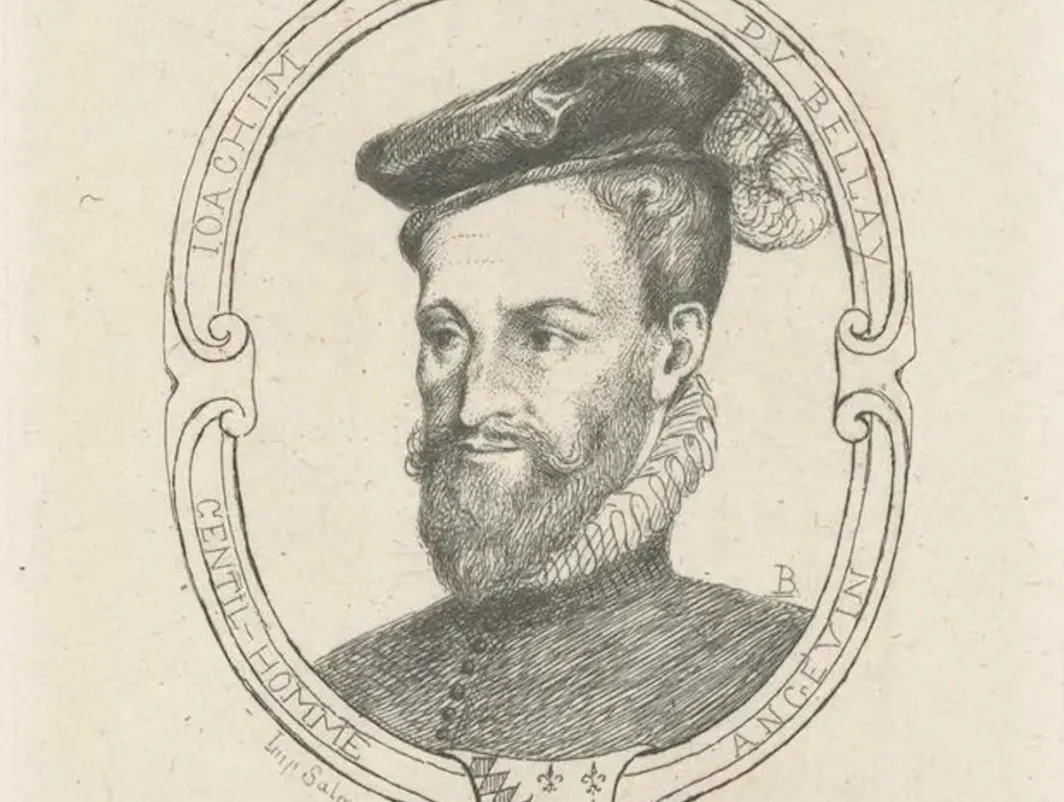Joachim du Bellay, under Notre-Dame de Paris?
Event
Joachim du Bellay has been in the news recently. Could the skeleton discovered in a lead coffin at Notre-Dame de Paris be that of the famous poet who died in 1560? In his introduction, Philippe Walter, CNRS Research Director at the Laboratory of Molecular and Structural Archaeology and member of the French Academy of Sciences, will talk about what modern science can contribute to this kind of historical research. Then Eric Crubézy, a member of the Institut Universitaire de France and professor at Paul Sabatier University's Centre d'Anthropobiologie et de Génomique de Toulouse, will present a captivating investigation into the identity of this skeleton. Lastly, Xavier Darcos, Chancellor of the Institut de France, will delve deeper into Du Bellay's poetic ontology, highlighting the tension between creative genius and inner exile, a timeless reflection on the poet's condition.
An evening rich in scientific, historical and literary discoveries.
Informations pratiques
Location
Grande Salle des séancesDate
-
© Wikimedia Commons
6:00-6:15 pm: Insights into Ancient Rome
Philippe Walter, member of the Académie des sciences, CNRS research director at the Laboratory of Molecular and Structural Archaeology, Sorbonne University.
In Les Antiquités de Rome, Du Bellay ponders the legacy of ancient Rome and describes the ghostly impression one feels when contemplating its remains. Despite this, his narrative celebrates a sensible past that can be conceived as a common heritage. While early humanists sought to mentally rediscover the city in its former glory, today, the sciences of matter and digital technology enable us to reconstruct it from archaeological data and texts.
18:15-18:45: Joachim du Bellay: his illness and autopsy, criteria for an identification
Eric Crubézy, professor at Paul Sabatier University at the Toulouse Anthropobiology and Genomics Center, member of the Institut Universitaire de France.
The discovery of a lead coffin dating from the 16th century, located at the crossing of the transept of Notre-Dame de Paris, raised the question of the identity of the person buried in this prestigious place. Study of the skeleton revealed that it was a man in his fourth decade, who had died of chronic tubercular meningitis and had undergone an autopsy. A new biography of Joachim du Bellay confronted with the history of the tombs and subjects buried in the cathedral suggests that the identification of this skeleton with the famous poet is highly probable, according to current identification criteria.18:45-19:15: Denying genius to truly express it: the poetic ontology of Du Bellay
Xavier Darcos, Chancellor of the Institut de France, member of the Académie des sciences morales et politiques and the Académie française
It was the painful adventure of Rome that definitively put Du Bellay in possession of his true genius. In the 19th century, Sainte-Beuve would capture him: "he is never more sincerely a poet than when he says he is no longer one." Faguet helped popularize this cliché, the harbinger of Romanticism. In Du Bellay's work, everything is aimed at creating the illusion of direct communion with the listener, while at the same time affirming the state of exile and disjunction characteristic of all genius. This ambiguous metaphor of the poet's condition in the world has conditioned, in the West, our conception of the poetic act, between shared emotion and incommunicability.
A book signing of Le cavalier de Notre-Dame, l'enquête (ed. Odile Jacob, 2025) with Eric Crubézy will be offered by the Institute's bookshop at the end of the day.
The book will be available for sale on site.